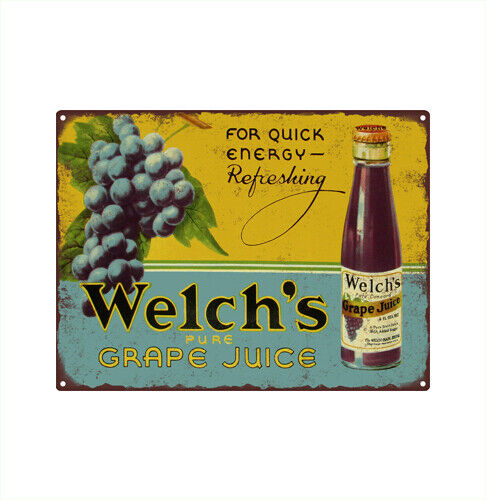In which I talk about the revision process and Welchs’ Grape Juice
 As I work on these revisions,* I am dipping back into Sigrid Schultz’s documents, including the daily logs that she kept on and off over the years, looking for details that I remember but can’t quite put my hands on.*** In the process, things catch my attention that didn’t strike me the first, or fourth, time around.
As I work on these revisions,* I am dipping back into Sigrid Schultz’s documents, including the daily logs that she kept on and off over the years, looking for details that I remember but can’t quite put my hands on.*** In the process, things catch my attention that didn’t strike me the first, or fourth, time around.
For example, in her notes about a trip to the United States in 1933, Schultz noted “drink grape juice Welch.” It was hard for me to imagine why Schultz, who spent considerable time choosing wine for her personal cellar and occasionally splurged on a small keg of whiskey straight from the distiller, would think a swig of grape juice was worth noting. (She didn’t note whether she liked it. I know she was a big fan of orange juice.****)
As those of you who have been following along can guess, I went straight down the rabbit hole.
Turns out that, like the first Kellogg’s cereal, Welch’s grape juice was an innovative product developed to lead Americans to a more virtuous life. Who knew?
In the case of Welch’s grape fruit juice, the target was alcohol. As the American temperance movement grew, some churches became concerned about the use of sacramental wine in communion services. The obvious solution was to substitute grape juice for wine, but it wasn’t as easy as it sounds. Grape juice stored at room temperature naturally ferments and fresh grapes are not available year round in many parts of the United States.
In 1869, aa Methodist dentist named Thomas Bramwell Welch pioneered the process of pasteurizing grape juice as a way of stopping the fermentation process. According to some versions of the story, he started experimenting with the process when a member of his congregation appeared at his house tipsy from too much communion wine—it’s a fun story, but I find it unlikely unless his guest was swigging communion wine direct from the bottle.
Welch made batches of what he called “Dr. Welch’s Unfermented Wine.” in his kitchen with grapes picked from a trellis just outside the door. He then attempted to sell it to churches as a substitute to wine for communion. The product wasn’t an immediate success. It only took off after Welch’s son changed the name to Dr. Welch’s Grape Juice, widened the proposed audience, and served it at the 1893 World’s Fair. The popularity of the product grew alongside the temperance movement.
In 1933, when Sigrid Schultz gave it a try, Prohibition was coming to an end. The other beverage she tried while she was in New York was a Manhattan.
*Which feel endless, I tell you, ENDLESS! To quote novelist Jami Attenberg** on the subject: “It’s just steady fucking work, and I have no choice but to hammer through it and it’s not always interesting, even if the book itself is always interesting. Let’s put it this way: solving the problem is fun, implementing the solution is (often) not.”
**If you are interested in the writing process or creativity in general, and can tolerate regular f-bombs, I strongly recommend Attemberg’s weekly newsletter. https://1000wordsofsummer.substack.com/ She is always smart and consistently inspiring.
***I make extensive notes as I research, typing anything that I think might be useful into a chronological Scrivener document that I grandly call the research draft. (It is not a draft in any meaningful sense. In the case of this book, it is a 500,000+ word mass of stuff from which I can build the first really messy draft.) In theory, I should be able to use the search function to find anything I need. In reality, that I assumes I 1)remember a useful key word to use as a search term and 2) thought the item in question had a chance of being useful.
****These are the kinds of details a biographer learns without even looking for them.




